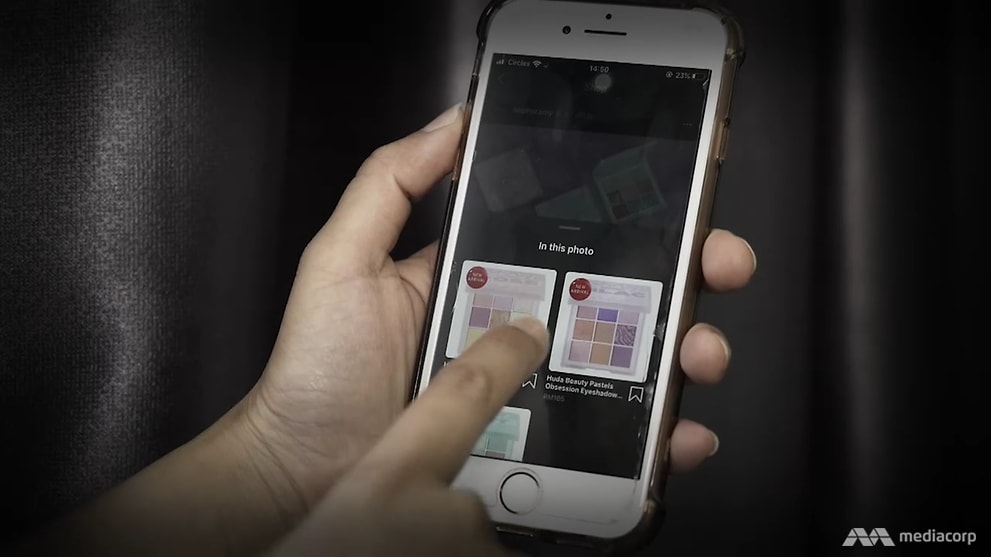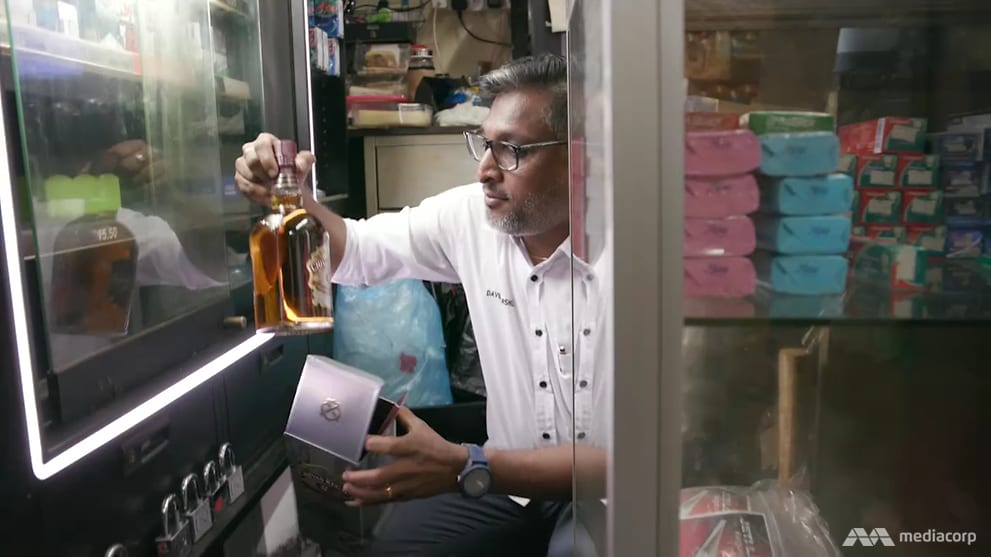
From face masks to alcohol, fake goods in Malaysia are putting lives in danger
by Derrick A Paulo,Today, counterfeiters are targeting not only luxury brands but a range of goods, and some of the trends are frightening because of the products involved. The programme Undercover Asia investigates.
KUALA LUMPUR: It is a scam that could endanger efforts to stem the spread of the novel coronavirus.
But Malaysian pharmacist Zeff Tan knows how to tell the difference between real surgical masks and the counterfeit or sub-quality ones — by using a lighter.
The filter material of a true three-ply mask is made out of plastics, such as polythene and polypropylene. Light it up and “because it is made of plastics, instead of producing sparks, they actually melt”, he said in a demonstration.
If it is made from paper or a mixture of plastic and paper, then there would be “some kind of fire”.
He is sounding the alarm at a time when the problem has come to the fore worldwide. In March, in an operation dubbed Pangea XIII, Interpol led enforcement agencies from 90 countries to scour the Internet for fake medical items.
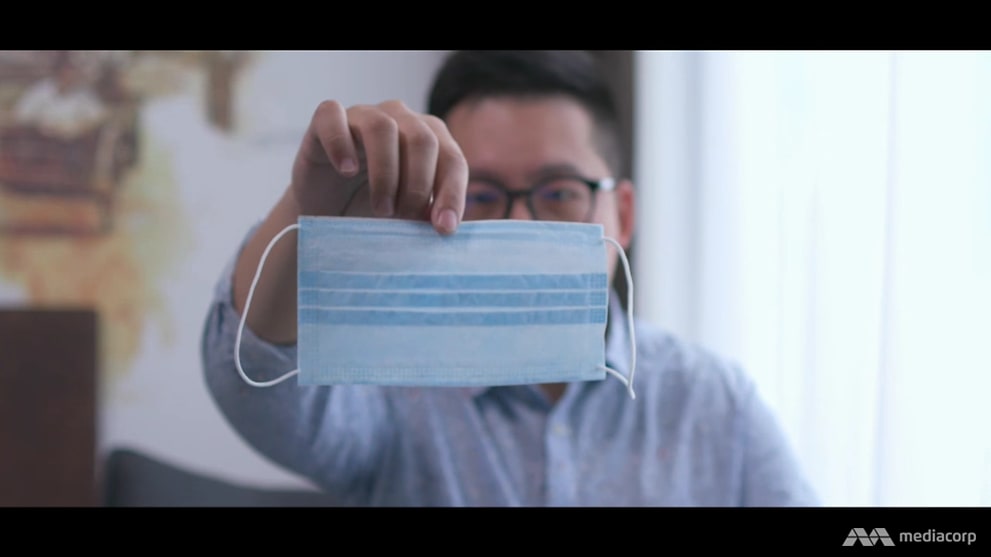
In one week, they uncovered around 600 cases of counterfeit surgical masks sold online. It led to the seizure of 34,000 fake or sub-standard masks.
One of the countries engaged in the operation was Malaysia, where the problem of counterfeits is endemic.
COVID-19 may have given a new twist to the issue, but fake masks are not the only counterfeits in circulation that could have a health impact on Malaysians.
Today, counterfeiters are targeting not only luxury brands but a range of goods, from high-street beauty products — which can spark skin allergies — to car spare parts, with implications for road safety.
Even food is now being faked, either labelled a certain brand that did not come from that manufacturer, or more insidiously, the content of the food might not be what it is claimed to be.
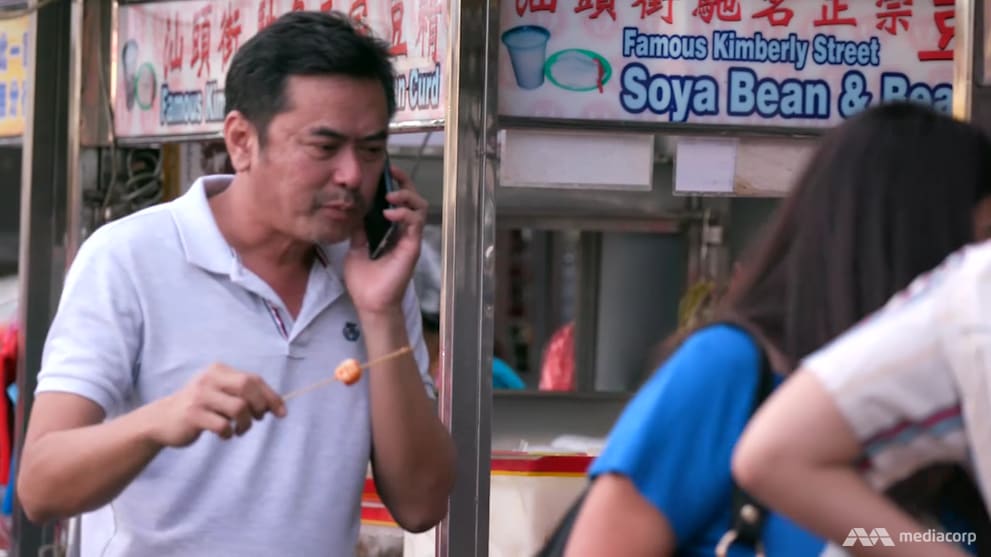
In February last year, for example, Malaysian authorities disposed of RM450,000 (S$147,000) worth of fake and illegal goods — including food items — in Penang, where there were nearly 100 reports of counterfeit food items last year.
Some of the trends are frightening because of the products involved, which the programme Undercover Asia investigates. And the question of how to solve the problem looks to be a tricky one. (Watch the episode here.)
FALSIFIED MEDICINES
Malaysia is not alone in struggling to keep fakes from infiltrating its consumer market.
The global trade in counterfeit and pirated goods has risen steadily, from US$461 billion (S$653 billion) in 2013 to US$509 billion in 2016, according to Organisation for Economic Co-operation and Development and European Union Intellectual Property Office estimates.
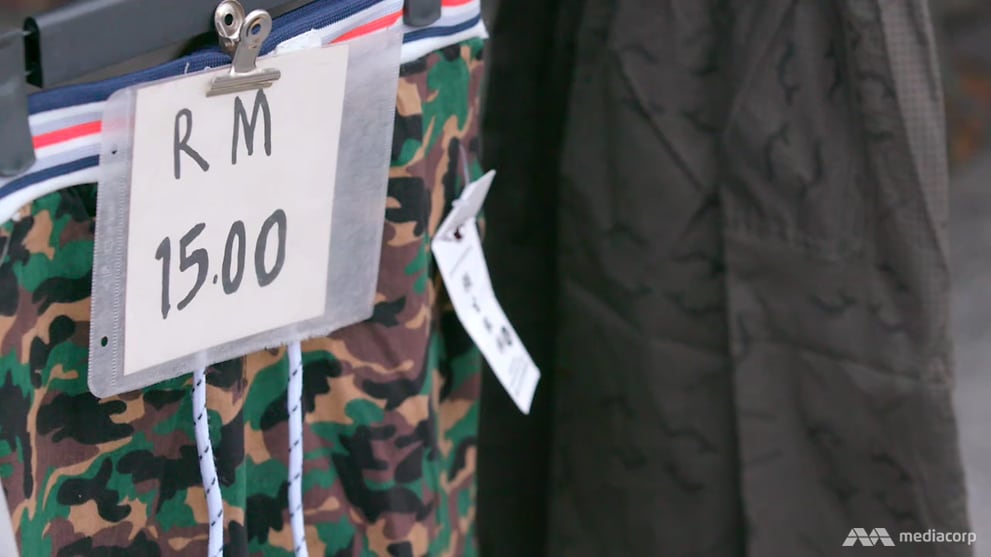
Among the most dangerous of these products are falsified medicines, of which an increasing amount is being produced and sold in Southeast Asia, reported the United Nations Office on Drugs and Crime last year.
Every year, consumers in the region spend an estimated US$520 million to US$2.6 billion on falsified medicines, which can range from anti-cancer treatments to drugs for infertility and weight loss.
In Malaysia, fake medicines are often sold in unregulated outlets, such as roadside stalls, traditional medicinal halls and provision shops littered across the country, from cities to villages.
Many buyers cannot tell the real from the fake, as the latter often masquerades behind legitimate brands. This is why Tan wants to educate the public.
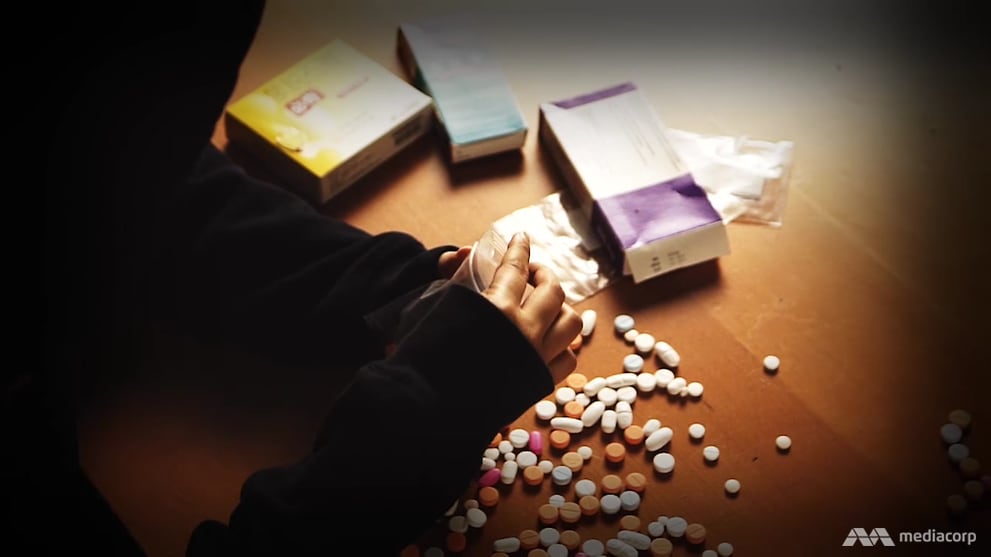
His crusade against all medical-related fakes started last August, when he discovered fake Panadol in a sundry shop in the Batu Pahat area. The surface of the pills were “full of flaws” and stained his fingers with powder.
Fearing that others may buy the fake product unwittingly, he took to social media to warn of the differences between the fake and the real Panadol.
After his exposé went viral, GlaxoSmithKline, the maker of the real product, said Malaysia was the only country where fake Panadol had been reported. Tan’s Facebook page has since gained nearly 10,000 followers.
According to him, there are two types of counterfeit medicines. The first type has no active pharmaceutical compound or contains the ingredients only partially.
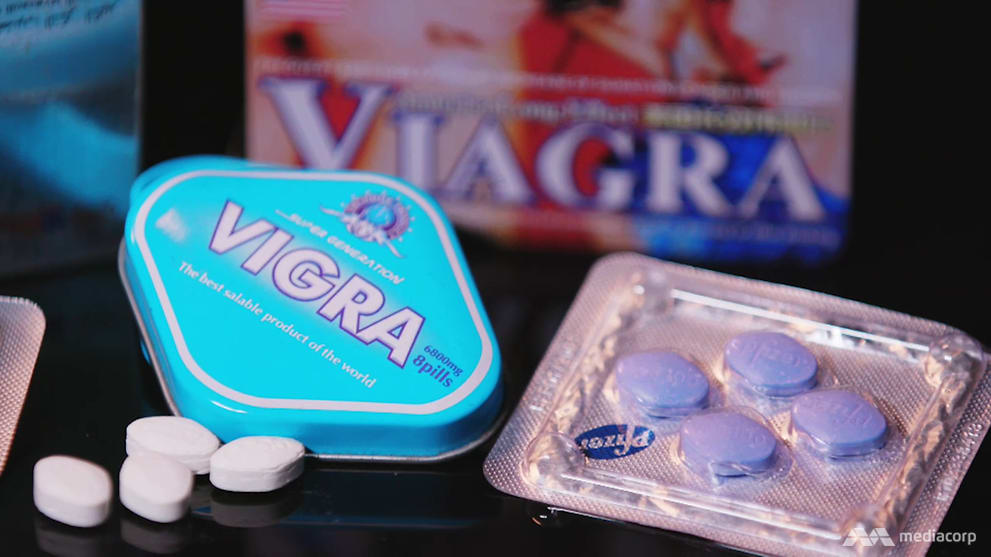
“If you're taking counterfeit blood pressure medicine, your blood pressure wouldn’t be well-regulated,” he said by way of example.
“One tablet has the compound, another tablet is a placebo. So on one day, your pressure is controlled; on another day, it isn't controlled. You're risking your life.
Some of these sub-standard medications may be legitimately manufactured. But in terms of quality control, they either have insufficient active ingredients or contain impurities. They should be discarded but are illegally obtained and sold to patients instead.
The second type of counterfeits are medicines “blended with prohibited substances, such as steroids, allergy medications and painkillers”.
Taking them on a daily basis usually harms the liver and kidneys and “eventually leads to other types of organ failures”, Tan added. “This will cost your life.”
Shabana Naseer, the National Consumer Complaints Centre's legal and policy division senior manager, witnessed the dangers of these fakes when a consumer who was taking oral supplements for three months passed out one day.
“She went to hospital, and then she realised that the product she was taking hadn’t undergone our Ministry of Health’s checks ... Ever since then, she’s stopped using the medicine,” said Shabana.
We don’t know what (her) situation’s going to be in the long term ... We just hope that nothing serious will happen to that particular consumer.
The market share of fake medicine in the country is 5 per cent, according to a 2013 study. But it is the mindset of Malaysians, rather than the prevalence of fake drugs, that worries Tan.
“Most Malaysians are more price-oriented. So whichever sells cheaply, they’d buy that. They don’t have the kind of mindset (that) ‘you’re selling that cheaply … is your medicine reliable?’” he said.
“Because we're in a comfort zone, we don’t really have that kind of awareness.”
MOONSHINE DEATHS
A place like Malaysia is a target destination for fakes because it is a developing country, pointed out Institute for Democracy and Economic Affairs senior economist Muhammad Adli Amirullah. In 2018, the median salary was RM2,308.
The counterfeiters are helped by the fact that Malaysia is a nation of bargain hunters. As far back as 2011, a Nielsen Shopper Trends survey found that Malaysians were the most price-sensitive shoppers in the region.
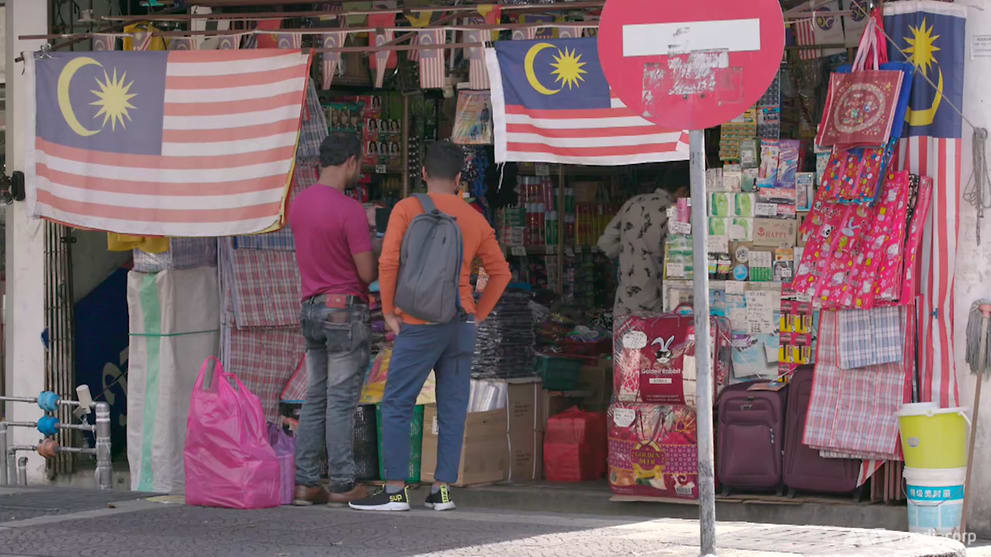
“Most Malaysians are well aware of counterfeit goods. But they tend to still consume the counterfeit goods because of the huge price difference,” said Adli.
The harm in that, however, has been catastrophic for some. Around September 2018, 45 people died after consuming toxic alcohol. In May and June last year, at least 17 more joined the death toll, and one person became blind.
All reported similar symptoms, including varying degrees of nausea and blurred vision. Many were pronounced dead within the same day.
Malaysia is the “biggest market” for counterfeit liquor, said P David Marshel, a municipal councillor in Penang who has spearheaded a movement against bootleg alcohol for six years now.

“The original (brands) are very expensive ... about RM170 to RM150 in the Malaysian market,” he said. “Some people cannot afford to buy (those bottles). So when they see RM50 or RM30, they buy and drink.”
Such a discount of 70 to 80 per cent is the telltale sign of fake alcohol, but these buyers “aren’t bothered about the content, whether it’s poisonous or counterfeit”.
“They want to get the cheapest (one), as long as they can drink and get high,” he added.
So what is in counterfeit liquor that can kill? As little as 30 millilitres or about a shot glass full of methanol, a product that is released during the fermentation process of making alcohol.
When processed properly, methanol is boiled off when alcohol is distilled. But with counterfeiters looking to cut corners to save costs, the heating process may be insufficient or omitted, leaving traces of deadly methanol behind.
WATCH: Why cheap alcohol could kill you — counterfeit liquor in Malaysia (2:30)
When ingested, methanol is converted into formaldehyde, which is used in embalming fluid, among others. The effect is like being embalmed alive.
Every month, Marshel leads a team to sweep different areas of Penang. Their mission is to locate shops that are selling liquor without a licence, bottles with unpaid customs duties and counterfeit alcohol.
In a sting operation one night, they uncovered a corner shop that was selling bottles of spirits without the duty-paid sticker, at half the usual price of RM240.
Once such shops are identified, Marshel works with the authorities to revoke their licence and stop the sale of shady alcohol. In this case, however, it was the fourth time the same premises had been raided.
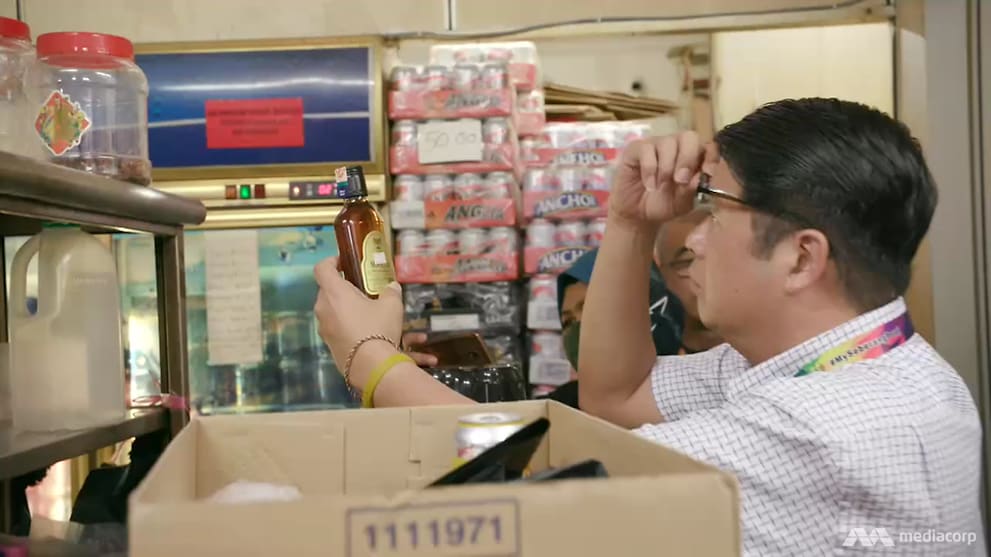
The vendor and others like him have continued to operate illegally because the RM2,300 fine is a small price to pay when there is ready demand and the profits are enticing.
Asked whether his alcohol was genuine, the vendor said it was because “nothing happened to (the buyers) after drinking”. He added: “If there’s (a problem), then it’s not okay.”
With enforcement ineffective in keeping moonshine off the shelves, Marshel and his team at the Malaysian Anti-Cheap Liquor Movement have long campaigned to ban provision shops from selling alcohol, which would force consumers to buy only from regulated liquor sellers.
They have not succeeded. But he hopes the raising of the legal drinking age to 21, effective from December 2017, is at least reducing the number of people exposed to counterfeit alcohol.
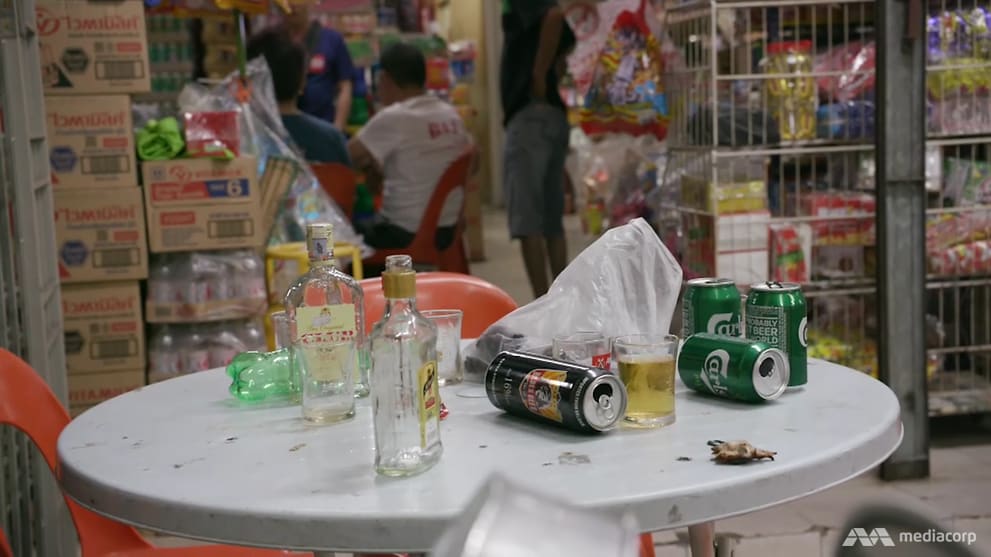
GAME OF CAT AND MOUSE
To remove fakes from the shelves, brands often have to take matters into their own hands. They hire someone like lawyer Brian Law, who specialises in counterfeit crimes.
The regional head of intellectual property and his team of lawyers at Eversheds Harry Elias buy their clients’ products from various shops, sometimes as often as every three months, to ensure that all of them are genuine.
According to him, there are usually two groups of counterfeiters. The smaller one involves “opportunists”, while the other is “more organised” and focused on products like medicines and alcoholic beverages, which are “more lucrative”.
It is a local problem with global implications — the sale of these fakes might be funding the criminal underworld. That is what Adli, who has spent the past three years studying illicit trade, also believes.

“By purchasing counterfeit goods, indirectly, we’re contributing to criminal revenue, which creates a whole set of problems in the world,” he said.
It is a struggle, however, for the authorities to tamp down counterfeit smuggling — even at Port Klang, Malaysia’s leading port and one of the country’s seven major ports. Some of the 12 million shipping containers arriving here annually carry knock-offs.
“The enforcement side still has a lot of room for improvement ... when it comes to detecting the counterfeit goods,” said Adli, who added that there was a risk of corruption.
“If we have automation or technological assistance in determining which product is counterfeit or which product is original, I think this itself can solve quite a lot of problems in the long run.”
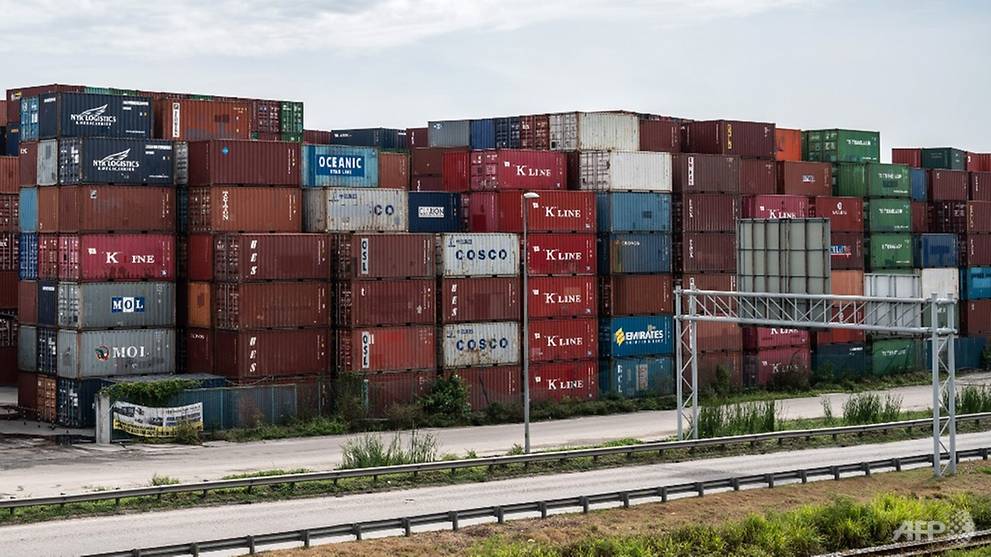
Fakes can also come from reputable e-commerce platforms, despite their policies to protect intellectual property. One online store, for example, claims that it uses machine learning to automatically scan its platform to remove suspected counterfeits. Yet the online scams persist.
Owing to the growing popularity of online shopping, the National Consumer Complaint Centre in Selangor has been responding to more calls: 60 a day now. One in five are about fakes bought online.
“It’s hard for the authorities, and even for us, to monitor all of the market or the players online,” said Shabana.
As law enforcers and counterfeiters continue to play cat and mouse, however, one company is developing a scanner that it thinks is the key to outsmarting at least some counterfeiters.
The machine, dubbed ProfilePrint, uses artificial intelligence to authenticate products within seconds. It was developed in collaboration with Singapore’s Agency for Science, Technology and Research and the National University of Singapore.
It has been successfully tested on tea, beauty products and face masks. “All you need is about four to five grammes of the product ... and our machine would be able to identify the molecular signature,” said ProfilePrint founder Alan Lai.
“So when we scan a suspected sample and the result fails, it tells us that the molecules in the sample do not match exactly with the molecules in the true source.”
He came up with the machine in 2017 “to help both producers and consumers to have more trust in the food that we consume every day”. He is now expanding his database so that the scanner can authenticate more products.
With hundreds of billions of dollars to be made in the counterfeit trade, however, technology alone is not enough to put a stop to it.
“To have an effective strategy to fight against counterfeiters, it’s best to think (of) how to break the ecosystems,” said Law. “To do that, you’ll have to work with the different stakeholders.”
That includes reacting “immediately” to consumer tip-offs, said Shabana. “What we hear from the consumer is that there's a slow reaction from the government.”
Political will is required, noted Adli, along with “a whole set of ministries that work very hard to ensure that there’s near zero counterfeit goods in Malaysia”.
“If the people — if teachers — educate the children well enough in the next 10 to 20 years, I'd say the demand will somehow lessen compared to today,” he added.
Watch this episode of Undercover Asia here.
